Wind power projects may take to sky through FiT hike
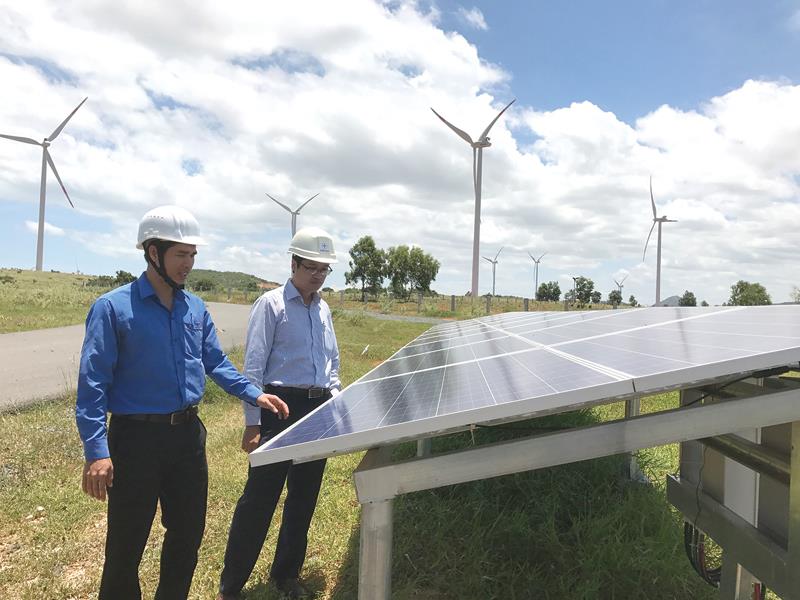 |
| A corner of Phu Lac wind farm in the central province of Binh Thuan |
Investors’ expectations
The Ministry of Industry and Trade (MoIT) has proposed the government to increase the FiT of wind power from onshore wind power plants to 8.77 cent from the current 7.8 cent per kWh.
This proposal is expected to help investors develop new or expand their existing projects. Besides, it contributes to operating projects by accelerate the speed of recovering their investment capital.
At present, two wind power plants, namely Phu Lac and Binh Thuan wind farm No.1 work with the FiT of 7.8 cent per kWh, and Bac Lieu wind farm enjoys 9.8 cent per kWh due to its offshore location.
According to MoIT, with the existing FiT of wind power, these plants have difficulties in recovering the investment capital.
Notably, having come into operation in 2011, Binh Thuan wind farm No.1 received several financial incentives through Decision No.130/2007/QD-TTg on financial mechanisms and policies applied to investment projects taking part in the clean development mechanism. However, since 2014, the plant has been suffering from the regulated FiT of 7.8 cent per kWh set by Decision No.37/201/QD-TTg.
According to MoIT, Binh Thuan wind farm No.1 complied with the clean development mechanism of Decision 130, thus applying the FiT of 7.8 cent per kWh to the plant will make it difficult to maintain operations.
Regarding the Phu Lac project, the investor Thuan Binh Wind Power JSC proposed the authorities to increase the regulated FiT of wind power due to concerns over the time to recover the investment capital.
According to the investor, the first phase of the project, which came into operation in November 2016, has a total investment capital of VND1.1 trillion ($48.4 million). With the existing FiT, it will take the company 14 years to recover this investment—which is only the first phase.
Previously in 2016, the Binh Thuan Wind Power Association proposed MoIT and the government to increase the regulated FiT to 9.5 cent per kWh, but failed.
As of now, there are 48 registered wind power projects with the total capacity of 5,000MW in Vietnam, 23 of which had their pre-feasibility reports approved by MoIT and are waiting for an increase of the FiT.
Opportunities are coming
Along with increasing the regulated selling price of wind power exploited offshore, MoIT also proposed the government to increase the selling price of inland wind power plants.
Accordingly, MoIT asked the prime minister to increase the selling price of wind power exploited offshore to 9.97 cent per kWh. The figure is still small compared to the global average of 19.6 cent per kWh reported by the World Energy Commission.
According to Bui Van Thinh, chairman of Thuan Binh Wind Power JSC, MoIT’s proposal to increase the FiT of wind power will help investors develop new or expand existing projects.
Along with Phu Lac wind farm, Thuan Binh plans to develop four other similar farms with a combined capacity of 500MW. They are two in the central provinces of Ninh Thuan and Binh Thuan and two in the Central Highlands provinces of Dak Lak and Gia Lai.
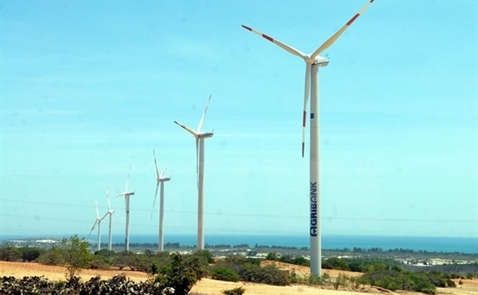
William Gaillard - Regional sales director at Gamesa—the exclusive supplier of the 40MW Dam Nai project in the central province of Ninh Thuan
I believe a FiT of about 8-9 cent is acceptable for wind projects in Vietnam. Now you can have profitable wind projects that a few years ago were simply not possible, thanks to larger rotor sizes and bigger generators, but also larger volumes and economies of scale. Also, other suppliers need to make an effort. Balancing plants like civil and electrical works also needs to drive costs down. In Vietnam there is very little experience and so risks are high and contractors expect high margins.
But the key issue is to get a bankable PPA of international standards. Indexation of tariffs over the 20 years to follow consumer price index (CPI) should be there. Lots of legal provisions are lacking. So it is not possible to bring international non-recourse project finance with long tenure and low interest rate. As a conclusion, we shall all do our fair share to make it happen. Suppliers, developers, the government, banks—we shall all work together.
I am sure that when you will have installed the first 800MW target, the price of electricity will go down as it did in other countries, because there are ample wind resources in Vietnam. More than anything, we need to build experience in Vietnam so that the industry can be confident. Instead of focusing on the FiT, we shall focus on having a bankable PPA.
Vu Chi Mai - Senior project officer at GIZ
Wind power technology development is cutting costs and time for developers. Some developers and turbine suppliers shared that a 9 cent feed-in-tariff (FiT) is bankable if the site has overly benevolent conditions regarding wind potential, grid and transportation access, and support from local authorities.
Olivier Duguet - Chief executive officer of The Blue Circle
Focusing on the FIT is the wrong approach. Instead, we should focus on the conditions to attract long-term debt financing for projects in Vietnam, as this is the only way to promote wide-scale development of wind power. Of course, only the very best projects in terms of wind resources and installation costs will be financially viable in the current environment of difficult financing.
What the stars mean:
★ Poor ★ ★ Promising ★★★ Good ★★★★ Very good ★★★★★ Exceptional
Latest News
More News
- The Ministry of Finance commits to support Intel (April 04, 2025 | 16:11)
- Robust market could pull in fund appetites (April 04, 2025 | 15:52)
- Foreign direct investment off to stirring start in 2025 (April 04, 2025 | 15:44)
- Leaders vow to soothe FIE project headaches (April 04, 2025 | 15:10)
- Korean groups call for tax processes to be timely ironed out (April 04, 2025 | 15:01)
- Successful lifting of Long Thanh International Airport central terminal steel roof structure (April 04, 2025 | 12:00)
- Belgian royals attend inauguration of service-office complex in Quang Ninh (April 03, 2025 | 14:36)
- Foreign groups keen on smart manufacturing (April 02, 2025 | 14:46)
- Technology startups must deliver coherent value (April 02, 2025 | 14:41)
- Smart Chinese manufacturing forms a win-win collaboration (April 02, 2025 | 14:34)





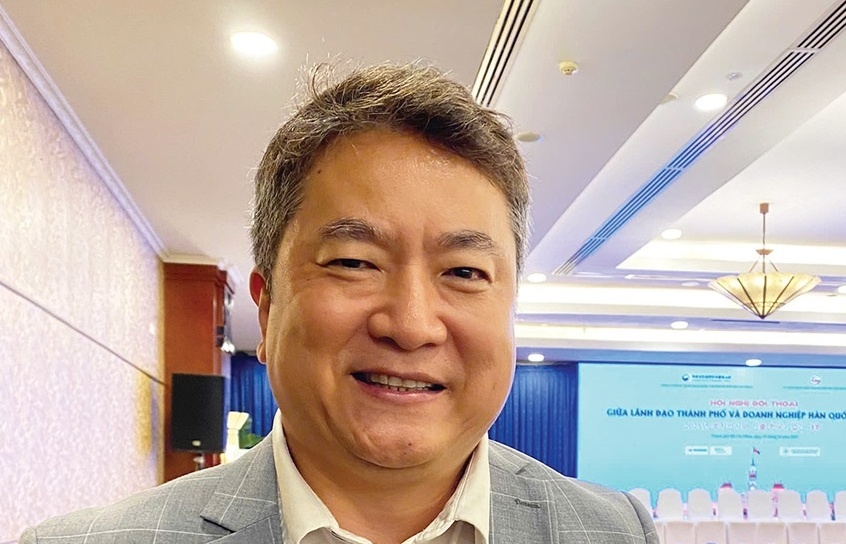




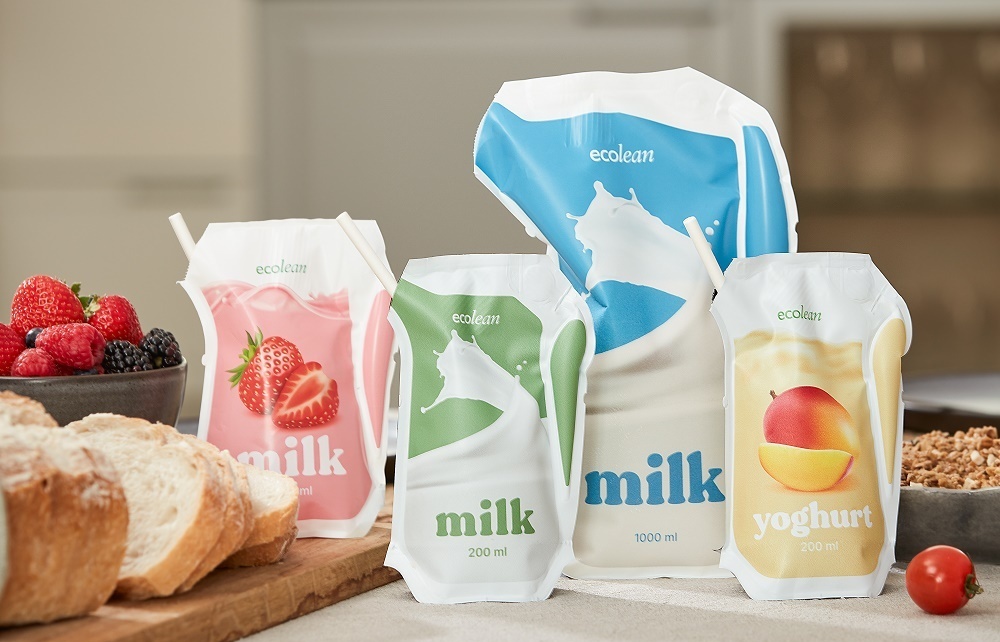
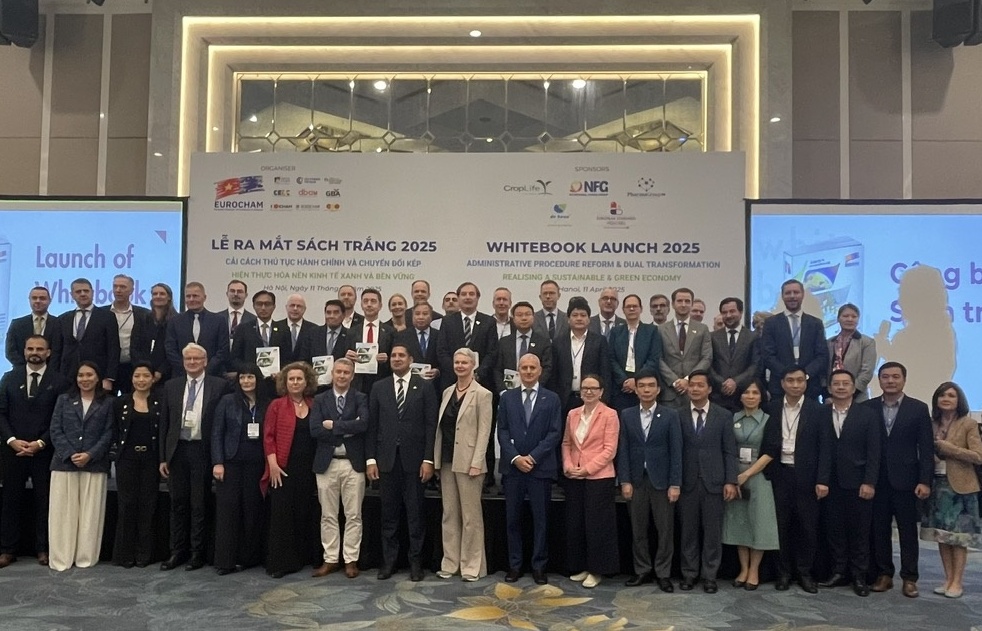



 Mobile Version
Mobile Version